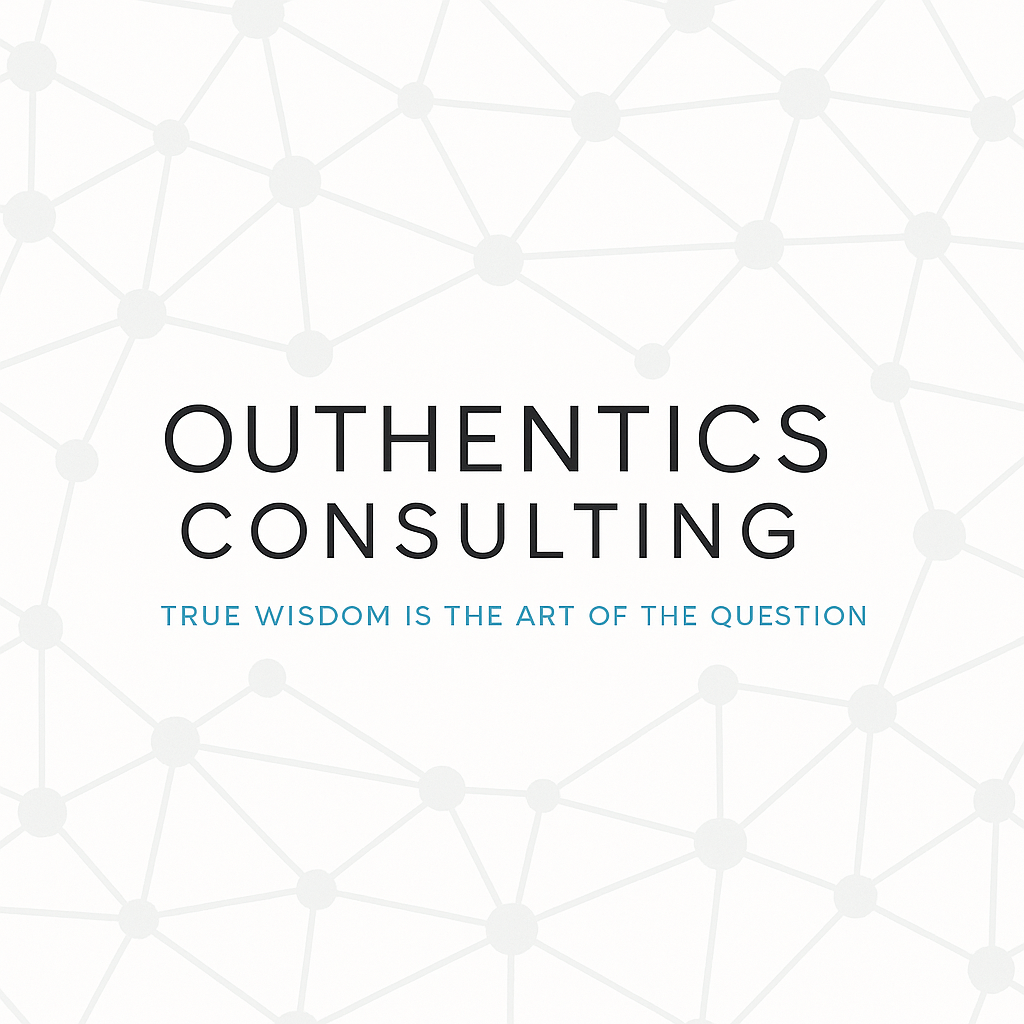Why your meeting space is really a 'Black Hole' for creativity and energy
The way we design physical working space has an enormous impact on the way we engage, behave and think. Imagination, creativity and energy can be enhanced by well designed, simple space. And yet rarely a day goes by when I do not walk into a meeting room or potential workshop space that is the antithesis of all these things - all I see is a 'Black Hole' for creativity and energy.
Last year I designed and ran an Accelerated Event for a national project. To make best use of the space we dispensed with any tables (I long ago binned the obstacle course of the cabaret 'dense pack' layout), set up group work areas or 'pods' around the perimeter of the room (created by mobile partitioning - Screenflex is great), with a cluster of chairs outside each 'pod' for plenary briefings.
There was no seating in the pods - just a coffee table for resources and plenty of wall space for working on.
Groups were self managing - they were set tasks, a timeframe and told that when they had finished they could break for refreshments.
What proved interesting was the difference we observed between the groups that moved the chairs into the pods and sat in a semi-circle and those that simply stood and clustered around the walls to work on the task. The latter were out and having coffee a good 10 to 15 minutes in advance of their seated colleagues. The difference in energy, engagement and indeed imagination of outputs of the different approaches was noticeable.
Research at Stanford 'Stanford study finds walking improves creativity' provides more detailed evidence to underpin what we simply observed.
The design of the spaces we work in is something we all too often ignore. I walked (nope- sidled crab-wise is more accurate) into an Exec's office recently. 70% of space was a single big meeting table with minimal clearance even for chairs. With another 6 people in the room movement was impossible let alone getting up to work on a whiteboard. Nothing like the space below...
Next time you walk into a meeting room make a quick mental calculation of how much of the space is occupied by table and chairs.
- Do you have to creep in around the edges of the table and chairs to get to your place?
- How much space do you have to be able to work as a group on a run of wall space?
- Do you have useable wall space or is it covered in fine portraits of your founders or pictures of your latest building development?
- Is there plenty of whiteboard space or space to stick instant white board
- Is over 50% of the available wall space available for working on? Are you actually allowed to use white-tak on it?
- Is there a resource pack of working dry-wipe pens, large post-its (not the scrotty little squares or rectangles), bluetack.
- Can anyone send their laptop or mobile device screen to a projector or big screen without wires (Apple TV, AirServer)
- Take a picture of the table before you start, then one part way through the meeting an then one at the end. What do you observe? Not a pretty sight I guess.
Carefully designing space - whether it is for a workshop or in normal meeting rooms - is something we often overlook and yet its impact on the way we engage and think is significant. Are we trapped or do we have room to roam? Are we locked in place or can we cluster? Are we working with uncluttered space or are we sitting around a rubbish tip? Are we giving ourselves the space to be creative or are we restricted by our own physical orthodoxy?
Poorly designed space is a black hole for energy, engagement and creativity. Tables create table behaviours - even round tables. It is better to have no table than one that has been shoehorned into a space it was not designed for.
So next time you run a meeting or workshop where you want people to work creatively, with energy and engagement - get rid of the tables (even if it means you carry your own screwdriver!). And to the cry of despair 'But where do I put my stuff?' the answer is 'leave your stuff, bring yourself'.



